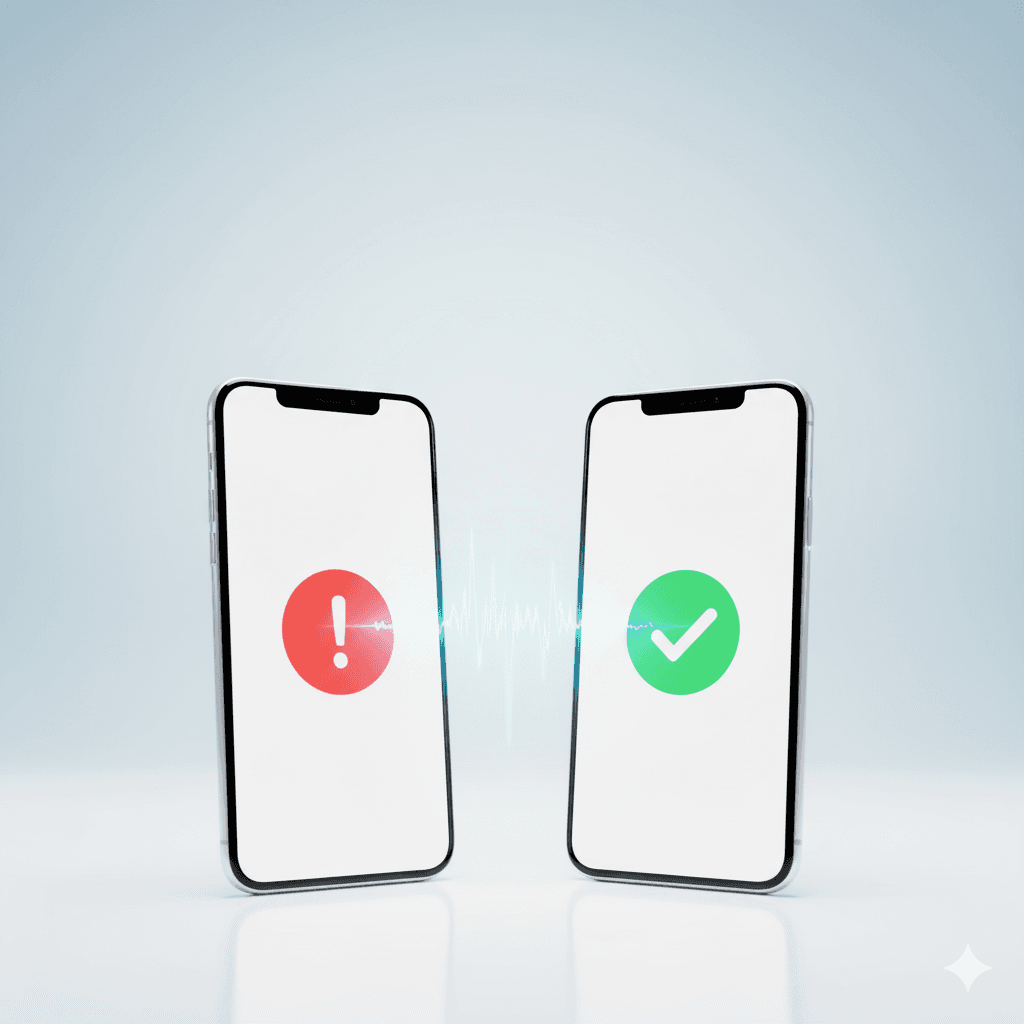An insurance broker gets off the phone after an hour-long consultation. The client needs quotes from three carriers for their business liability coverage. "I'll have those quotes to you by tomorrow afternoon," the broker promises. But tomorrow brings five new leads, two claim issues, and a compliance audit. The quotes don't get prepared until day three. By then, the client has already started working with another broker who responded within hours.
This scenario devastates insurance brokerages daily. Unlike simple transactions, insurance quotes require complex calculations across multiple carriers, each with different underwriting requirements. When follow-ups fail, brokers don't just lose a sale, they lose clients worth thousands in lifetime value. The average insurance customer lifetime value ranges from $3,000 to over $5,000 , with retention rates between 84-88% industry-wide .
The quote-to-bind process in insurance is uniquely vulnerable to callback failures, and the consequences compound quickly.
The 30-day ticking time bomb
Most insurance quotes are valid for just 30 days . Some carriers offer even less, 14 days isn't uncommon . This creates a pressure cooker where every day of delay dramatically reduces conversion probability.
Consider what happens during a typical commercial insurance quote process. Underwriters may need days to review applications, especially for complex risks. The broker gathers information, submits to multiple carriers, waits for responses, compares options, and prepares a presentation. If callbacks aren't executed precisely when promised, the entire timeline collapses.
When call follow-up time after quote abandonment is reduced to 5 minutes, conversion rates increase significantly. But insurance brokers juggle dozens of quotes simultaneously, each at different stages of the process. A promised callback about a quote revision gets buried under new applications. By the time the broker circles back, the quote has expired or the client has moved on.
The compliance minefield
Insurance brokers face a unique challenge: TCPA regulations require prior express written consent for automated marketing calls and texts. This means that even if a client fills out a quote request form online, brokers can't simply use automated systems to follow up without proper consent documentation.
The rules are strict and violations costly. TCPA penalties range from $500 to $1,500 per violation , and class action lawsuits can devastate agencies . This creates a catch-22: manual callbacks are inefficient and error-prone, but automation requires careful compliance management that many brokers lack.
Even when consent is obtained, the new rules complicate matters. Consumers can now revoke consent "in any reasonable manner", including replying "STOP" to any text or using various other methods. Brokers must track these revocations across all channels and ensure no further automated contact occurs, adding another layer of complexity to callback management.
Multiple decision makers, multiple failures
Insurance decisions rarely involve just one person. A business owner getting liability coverage needs their CFO's input on limits. A family shopping for life insurance requires both spouses to review options. Each additional decision maker multiplies the callback complexity.
The broker promises to call back when both decision makers are available. But coordinating schedules is nearly impossible when you're manually managing dozens of active quotes. The 3pm Thursday callback that works for the business owner conflicts with the CFO's board meeting. By the time everyone's available, the initial momentum is lost.
The insurance industry has the highest customer acquisition costs of any industry, with agents spending 7-9 times more to acquire new customers than retain existing ones . When callbacks fail to connect with all decision makers, that expensive acquisition investment evaporates.
The carrier coordination nightmare
Unlike other sales processes, insurance brokers don't control their inventory. They're coordinating between clients and carriers, each with different response times, requirements, and processes. Traditional rate/quote/bind processes can take days or weeks, with manual entry into multiple carrier systems.
A broker promises a client they'll call back with quotes by end of day. But one carrier's underwriter requests additional information. Another's system is down for maintenance. A third provides a quote with exclusions requiring explanation. The simple callback becomes a multi-day coordination challenge.
Modern quote-and-bind platforms can reduce quote time from hours to minutes, but only if the broker captures all necessary information upfront. When follow-up callbacks fail to gather complete details, the entire process stalls.
Breaking the quote-to-bind bottleneck
The solution requires balancing automation efficiency with compliance requirements. Smart callback automation designed for insurance must ensure follow-ups happen exactly when promised while maintaining TCPA compliance throughout the process.
For prospects who've provided proper consent through quote forms, automated callbacks can execute at the precise promised time, gathering additional information needed for accurate quotes. While consent management remains the broker's responsibility, the automation system must handle all TCPA timing requirements, call frequency limits, and time-of-day restrictions to prevent violations.
Agencies with 94% retention earn 37% more revenue after 10 years compared to those at 82% . Increasing retention from 88% to 94% yields 16% more policies after 5 years . In an industry where acquisition costs are so high, fixing the callback problem isn't just about efficiency, it's about survival.
For insurance brokers drowning in quote callbacks while navigating compliance requirements, Trillet AI provides intelligent automation that ensures every follow-up happens exactly when promised. While you maintain control of consent management, Trillet handles all TCPA compliance requirements including call timing, frequency limits, and documentation, turning callback chaos into closed policies. Streamline your brokerage at trillet.ai.




